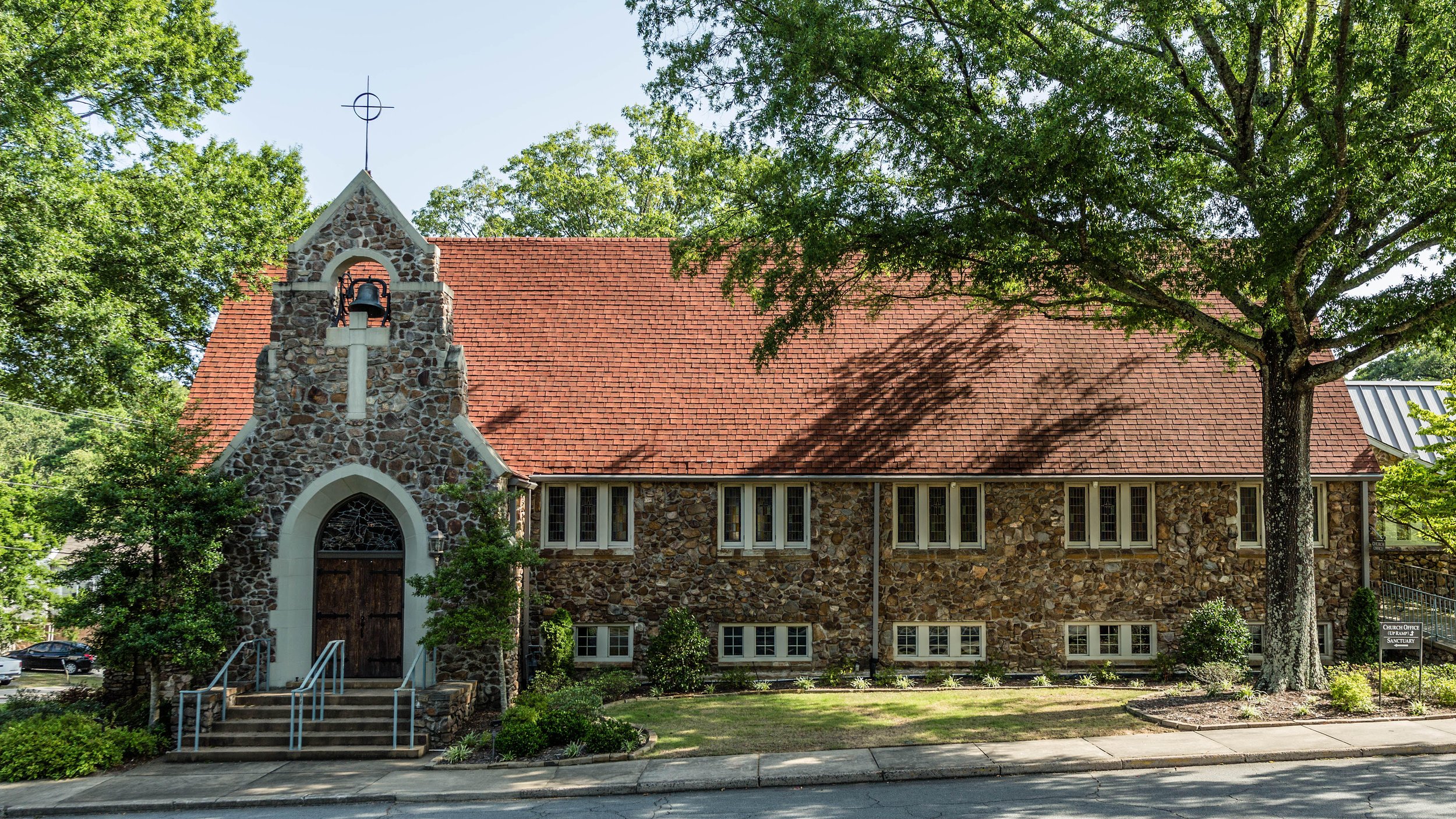Having received the Lord’s body and blood in the Sacrament and given thanks for His gracious gifts in the Collect, the service concludes with the Benedicamus and Benediction. Once again the pastor announces the Salutation, “The Lord be with you.” The Salutation is not a mere greeting, but it announces that the Lord is truly present in this place to bring His blessings to His people. The Salutation occurs three times in the Divine Service: before the Collect and Scripture readings, at the beginning of the Service of the Sacrament, and finally, before the Benediction. The final Salutation announces to the congregation that we are about to receive the blessing of the Lord as we prepare to go out into the world.
Benedicamus is Latin for “let us bless.” The language of blessing is closely tied to praise in Hebrew, especially when the Lord is the object of blessing, for example, “I will bless the Lord at all times; His praise shall continually be in my mouth” (Psalm 34:1). Each of the five books of the Psalms ends with an invitation to bless the Lord for all His wondrous works. It is fitting that we conclude the Divine Service with a similar invitation to acknowledge the Triune God and the gifts He has bestowed upon us in the service. The congregation responds, “Thanks be to God.” This is the response of faith in thanksgiving for the forgiveness of sins and life we have received.
The Benediction is a blessing that imparts what it says. It is taken from Numbers 6:24-26, “The Lord bless you and keep you; the Lord make His face to shine upon you and be gracious to you; the Lord lift up His countenance upon you and give you peace.” This blessing was first given to Moses for Aaron and the priests to bless the people and place His name on them. So also at Jesus’ ascension, He lifted up His hands to bless His disciples before He departed from their sight (Luke 24:50). With this threefold Benediction, we have come full circle, recalling the Invocation of the Triune God at the beginning of the Divine Service. The Lord has placed His name upon us in Baptism and He continues to bless us through the Means of Grace. The presence and blessing of Christ which we receive in Word and Sacrament now abides within us as we prepare to go out into the world to love God and serve our neighbor in our vocations. In this final Benediction, we have the assurance that we are Christ’s and that all He has is ours by virtue of His name. As we confess in the Large Catechism, “Where God’s name is, there must also be life and salvation” (LC IV 27).


